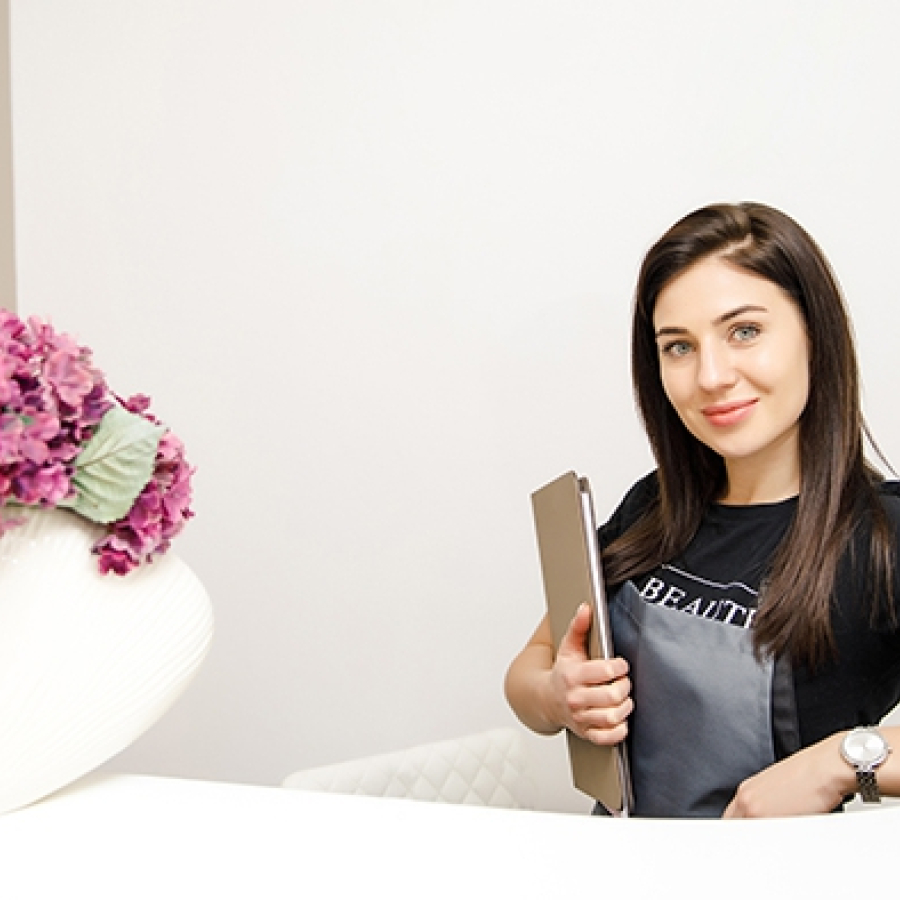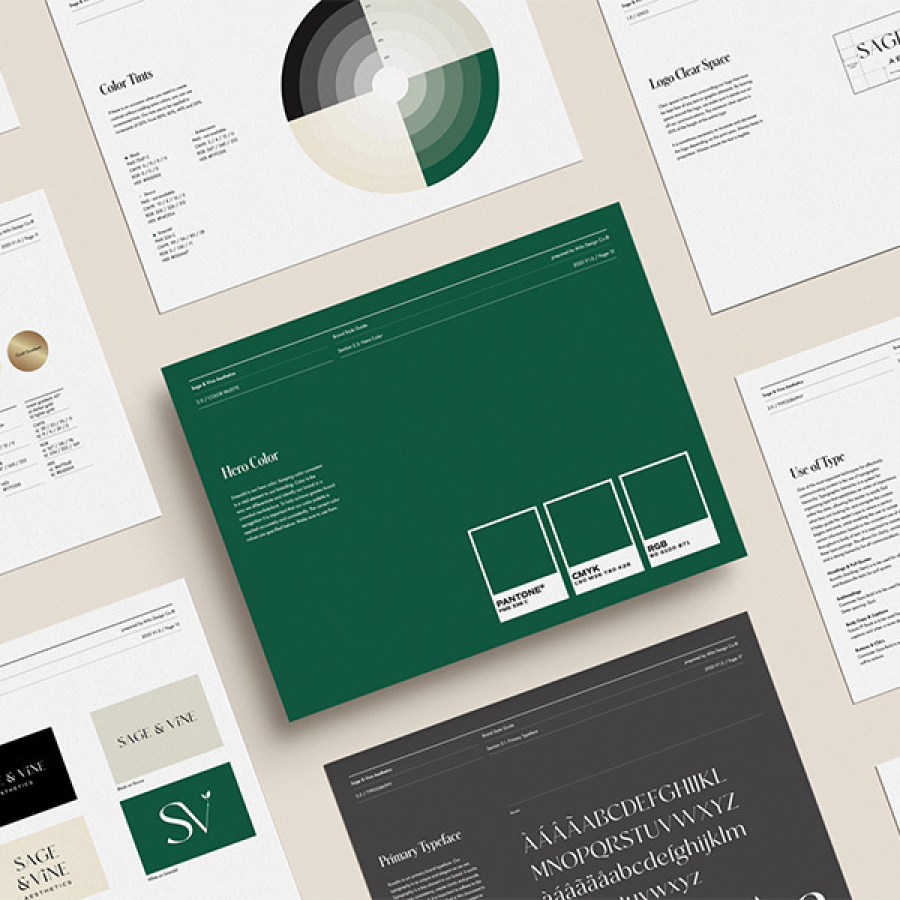
Design
Elevating the Med Spa Experience: The Cornerstones of Quality and Comfort
By EarthliteIn the dynamic and increasingly competitive landscape of the med spa industry, success hinges on more than just cutting-edge ...

Show your committment to patient safety, legal compliance and community over competition.
AmSpa members receive preferred pricing on all AmSpa live and virtual trainings.
Get the latest news and information about safe, legal practice in medical aesthetics directly in your inbox.
Get access to med spa laws, in-person and online training and more!
Posted By Madilyn Moeller, Friday, May 24, 2024

By Mitra Silva, Simour Design
“Color is a power which directly influences the soul." – Wassily Kandinsky
Every detail matters in health care design. From the layout of the space to the furniture chosen, each element plays a role in creating an environment that fosters healing and well-being. One often-overlooked but crucial aspect of health care design is color, which has the remarkable ability to evoke emotions and trigger physiological responses. In health care settings, where stress and anxiety can be prevalent, the right colors can make a significant difference in creating a calming and supportive atmosphere. This post will discuss the emotional dimension that color imbues the medical environment and how to successfully use color to deliver the intended reaction from your patients.
Blue and green are often considered calming and soothing colors. These hues can evoke feelings of tranquility, peace and serenity, making them ideal for spaces where patients may feel anxious or stressed, such as lounge areas or patient rooms.

Yellow and orange are vibrant, energetic colors that can uplift mood and create a sense of warmth. In health care spaces where energy and positivity are desired, these colors can be used strategically.
Neutrals such as white, beige and soft grays are versatile and widely used in health care design. While they may seem unassuming, these colors create a clean, minimalist backdrop that allows other elements to stand out.
In health care design, it is crucial to consider the specific functions of different spaces and the emotions you want to evoke in different areas:
Color psychology is a powerful tool in health care design, influencing emotions, perceptions and even physical responses. By understanding the effects of different colors, medical spa owners can create environments that promote healing, comfort and well-being. Whether it's calming blues and greens, energizing yellows and oranges, or soothing neutrals, each color has a role to play in enhancing the health care experience for patients, visitors and staff alike. Next time you step into a health care facility, take a moment to notice the colors around you—they might just be working quietly to promote your healing and hope.
Embarking on an expansion or renovation journey for your medical spa? Take the first step with Simour Design by scheduling a discovery call to get started with its intentional design process. Simour Design’s dedication to crafting intentional spaces ensures that you can navigate confidently through its streamlined, time-tested approach, guaranteeing success from the outset.

As a leader in medical spa interior design, Simour Design goes beyond aesthetics. It prioritizes maximizing profitability, enhancing patient experience, and increasing productivity through intentional interior design. Simour takes pride in its ability to deliver a practice that not only fosters healing and well-being but also stands out in a highly competitive industry. Unlock Simour's proven interior design strategies for a profitable and elevated medical spa experience. Book a discovery call with its team today at simourdesign.com.
Related Tags
Medical spa news, blogs and updates sent directly to your inbox.

Design
By EarthliteIn the dynamic and increasingly competitive landscape of the med spa industry, success hinges on more than just cutting-edge ...

Design
"Design is a tool to reach out to the customer." – Pierluigi Collina By Simour Design Your med spa’s ...

Design
A medical spa brand style guide showcasing how to use color, typography and logo files. By Lisette Harrington, Mila Design ...

Design
By Mitra Silva, Simour Design “Color is a power which directly influences the soul." – Wassily Kandinsky Every detail ...